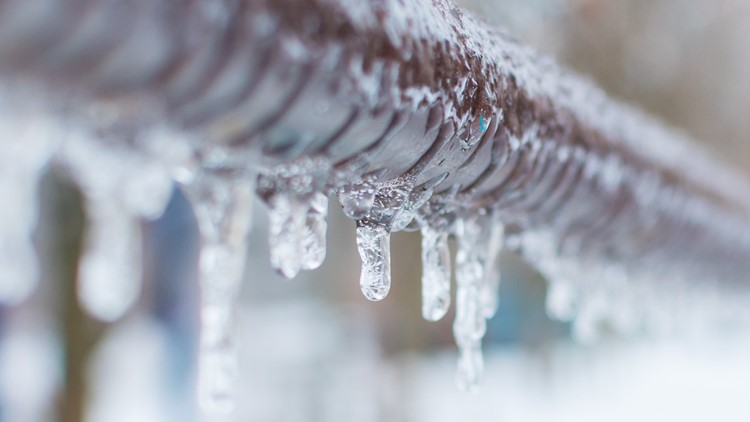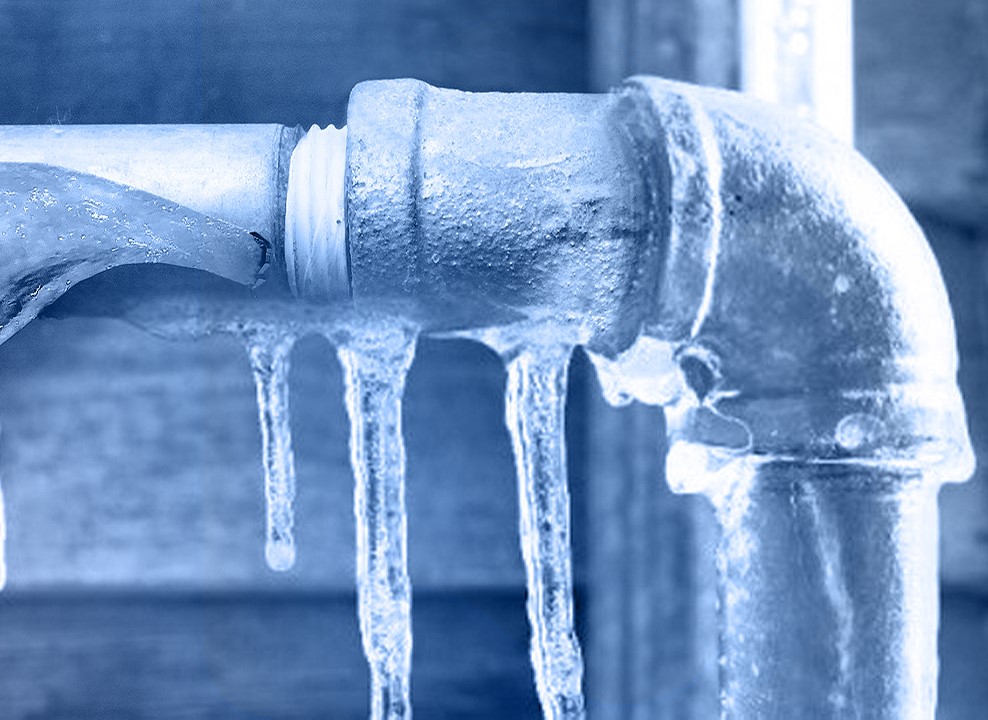Shielding Your Pipes from Cold Weather Issues: Key Approaches
Shielding Your Pipes from Cold Weather Issues: Key Approaches
Blog Article
Any individual has got their own unique conception involving Preventing and dealing with frozen pipes.

Cold weather can wreak havoc on your plumbing, especially by freezing pipes. Right here's just how to stop it from taking place and what to do if it does.
Intro
As temperature levels decline, the risk of icy pipelines boosts, possibly bring about pricey fixings and water damages. Understanding how to prevent frozen pipes is essential for house owners in chilly climates.
Avoidance Tips
Protecting susceptible pipelines
Wrap pipelines in insulation sleeves or make use of warm tape to protect them from freezing temperature levels. Focus on pipelines in unheated or external areas of the home.
Home heating methods
Keep indoor spaces adequately heated up, especially locations with pipes. Open closet doors to allow warm air to flow around pipes under sinks.
Just how to identify frozen pipelines
Look for reduced water circulation from faucets, uncommon odors or noises from pipes, and visible frost on subjected pipelines.
Long-Term Solutions
Architectural adjustments
Consider rerouting pipes away from exterior walls or unheated areas. Add additional insulation to attic rooms, cellars, and crawl spaces.
Updating insulation
Buy premium insulation for pipes, attics, and wall surfaces. Proper insulation helps keep consistent temperatures and lowers the threat of icy pipes.
Securing Outside Plumbing
Yard tubes and outside taps
Detach and drain yard hose pipes before winter months. Set up frost-proof spigots or cover exterior faucets with insulated caps.
Recognizing Icy Pipes
What triggers pipes to ice up?
Pipes ice up when exposed to temperature levels below 32 ° F (0 ° C) for prolonged periods. As water inside the pipes ices up, it expands, taxing the pipe walls and possibly causing them to rupture.
Threats and damages
Frozen pipes can bring about supply of water disturbances, building damage, and costly fixings. Burst pipes can flood homes and cause substantial architectural damages.
Indicators of Frozen Pipes
Identifying frozen pipes early can stop them from breaking.
What to Do If Your Pipelines Freeze
Immediate activities to take
If you believe icy pipelines, maintain taps available to ease pressure as the ice melts. Use a hairdryer or towels soaked in warm water to thaw pipelines slowly.
Final thought
Preventing frozen pipelines needs aggressive steps and fast responses. By recognizing the causes, signs, and safety nets, property owners can protect their pipes throughout cold weather.
5 Ways to Prevent Frozen Pipes
Drain Outdoor Faucets and Disconnect Hoses
First, close the shut-off valve that controls the flow of water in the pipe to your outdoor faucet. Then, head outside to disconnect and drain your hose and open the outdoor faucet to allow the water to completely drain out of the line. Turn off the faucet when done. Finally, head back to the shut-off valve and drain the remaining water inside the pipe into a bucket or container. Additionally, if you have a home irrigation system, you should consider hiring an expert to clear the system of water each year.
Insulate Pipes
One of the best and most cost-effective methods for preventing frozen water pipes is to wrap your pipes with insulation. This is especially important for areas in your home that aren’t exposed to heat, such as an attic. We suggest using foam sleeves, which can typically be found at your local hardware store.
Keep Heat Running at 65
Your pipes are located inside your walls, and the temperature there is much colder than the rest of the house. To prevent your pipes from freezing, The Insurance Information Institute suggests that you keep your home heated to at least 65 degrees, even when traveling. You may want to invest in smart devices that can keep an eye on the temperature in your home while you’re away.
Leave Water Dripping
Moving water — even a small trickle — can prevent ice from forming inside your pipes. When freezing temps are imminent, start a drip of water from all faucets that serve exposed pipes. Leaving a few faucets running will also help relieve pressure inside the pipes and help prevent a rupture if the water inside freezes.
Open Cupboard Doors
Warm your kitchen and bathroom pipes by opening cupboards and vanities. You should also leave your interior doors ajar to help warm air circulate evenly throughout your home.

Hopefully you enjoyed reading our topic about Prevent Frozen Pipes . Thanks a lot for taking the time to browse our short article. Remember to take the opportunity to promote this post if you appreciated it. I value your readership.
Visit Our Website Report this page